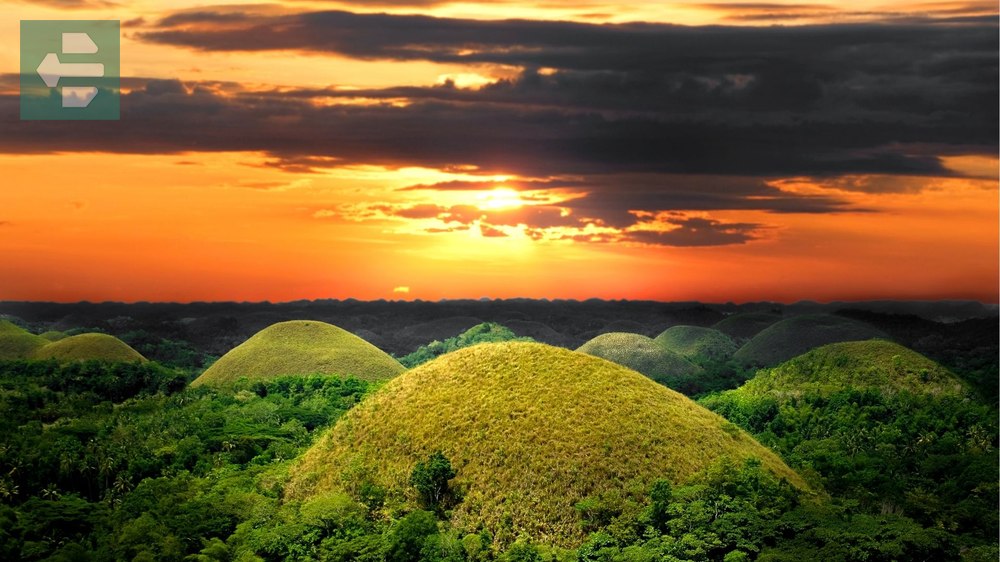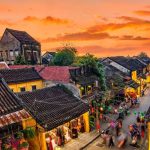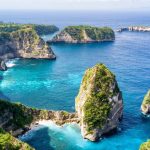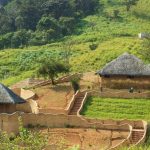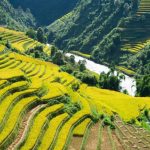The Philippines offers over 7,000 islands of untouched beauty, from pristine beaches to ancient rice terraces carved into mountains. Palawan's underground rivers, Boracay's powdery white sand, Siargao's legendary surf breaks, and Manila's Spanish colonial heritage showcase the country's incredible diversity. Other must-visit destinations include Vigan's cobblestone streets, Bohol's chocolate hills, and Mayon Volcano's perfect cone.
Keep reading as we uncover the best places to visit in Philippines that will transform your tropical adventure into an unforgettable journey through paradise.
List of Contents
- 1. Palawan: The Last Frontier
- 2. Boracay: Four Kilometers of Powder
- 3. Siargao: The Surfing Capital
- 4. Bohol Island: Chocolate Hills and Tiny Primates
- 5. Manila: Where Old Meets New
- 6. Vigan: Spanish Colonial Time Capsule
- 7. Cebu: The Queen City of the South
- 8. Banaue: The Eighth Wonder
- 9. Sagada: Mystical Mountain Town
- 10. Puerto Princesa Underground River: Cathedral of Stone
- 11. Mayon Volcano: Perfect Cone
- 12. Kawasan Falls: Three-Tier Paradise
- Your Philippine Adventure Awaits
1. Palawan: The Last Frontier
Palawan stretches 260 miles of limestone cliffs, turquoise lagoons, and underground rivers that flow directly into the sea. El Nido's Big and Small Lagoons require island-hopping boats, while Coron's Kayangan Lake sits hidden behind towering karst formations.
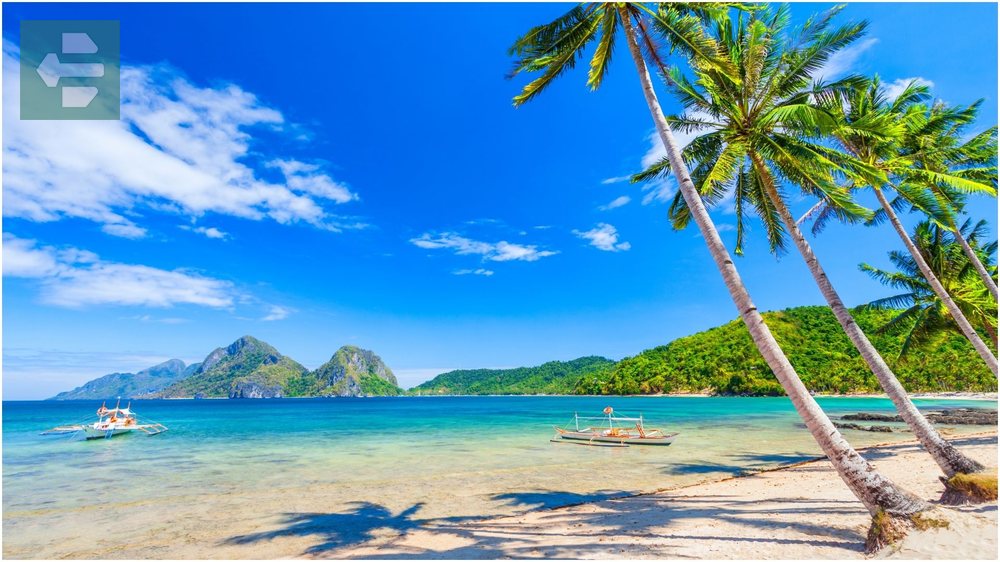
I learned from a local fisherman to visit the lagoons early morning when the water reflects perfectly still. The crowds arrive by 10 AM, turning peaceful coves into busy tourist spots.
Puerto Princesa's underground river winds through chambers filled with stalactites shaped like cathedrals and animals. Bring a light jacket—the cave stays cool year-round.
Quick Facts:
- Peak season: December to May
- How to get there: Fly to Puerto Princesa, El Nido (Lio Airport), or Coron (Busuanga Airport)
- Entry fee: From ₱30 for lagoons, ₱1,500 for Underground River tours
- Recommended stay: 5-7 days
- Key spots: El Nido, Coron, Puerto Princesa, Port Barton
2. Boracay: Four Kilometers of Powder
White Beach spans four kilometers of sand so fine it squeaks under your feet. Station 1 offers the widest stretch of beach and clearest waters, while Station 2 buzzes with restaurants and nightlife.
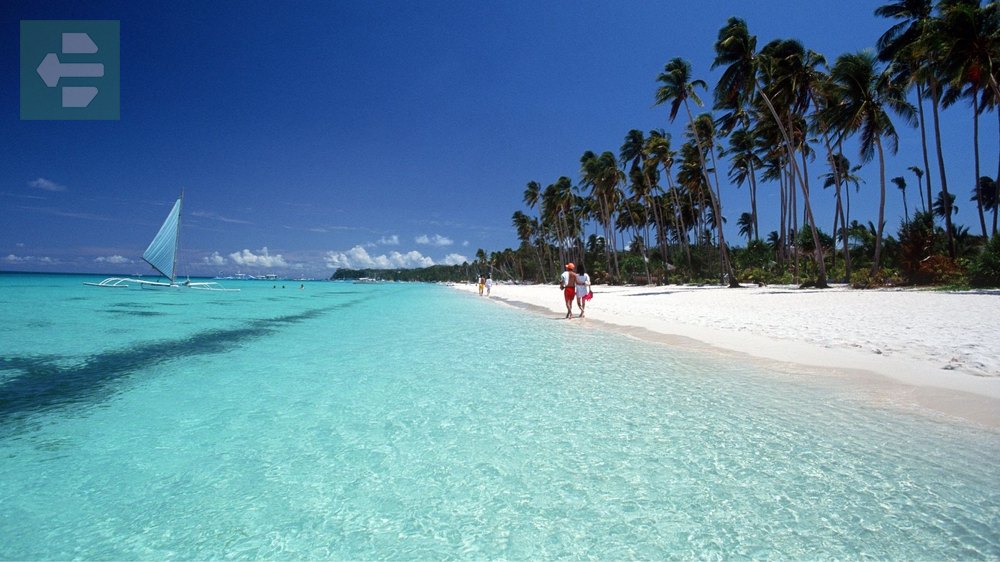
The sunset paraw sailing boats use traditional Filipino outriggers with colorful sails. Local captains know exactly where to position the boat for Instagram-worthy shots without the tourist crowds.
Avoid the helmet diving tours—they're overcrowded and overpriced. Instead, take the morning boat to Crocodile Island for snorkeling when visibility is best.
Quick Facts:
- Peak season: December to May
- How to get there: Fly to Caticlan Airport (15 minutes) or Kalibo Airport (2 hours), then boat transfer
- Entry fee: Free beach access
- Recommended stay: 3-4 days
- Key spots: White Beach Stations 1-3, Puka Beach, Crystal Cove Island
3. Siargao: The Surfing Capital
Cloud 9 produces waves that barrel perfectly over shallow reef, creating the most photographed surf break in Southeast Asia. The waves work best from September to November when swells reach 8-12 feet.
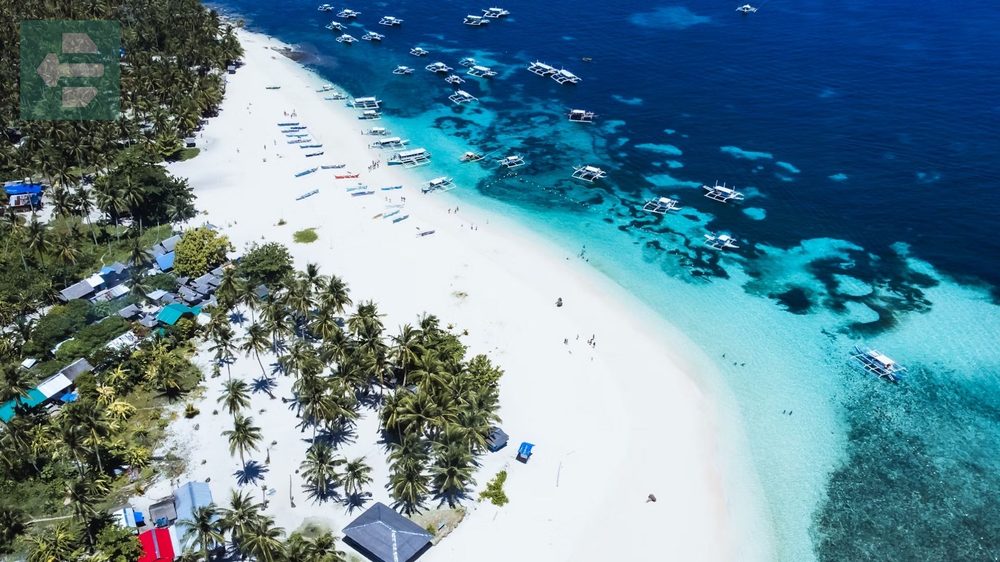
Beginners should start at Jacking Horse or Quicksilver, where the waves forgive mistakes and the reef sits deeper. Rent boards in General Luna—every shop owner surfs and knows which break suits your skill level.
The three-island tour to Naked, Daku, and Guyam takes you to sandbars that appear and disappear with the tides. Guyam Island fits entirely in a single photo.
Quick Facts:
- Peak season: September to November (big waves), December to February (smaller waves)
- How to get there: Fly to Siargao Airport via Manila or Cebu
- Entry fee: Free for surfing, ₱1,500 for island hopping tours
- Recommended stay: 4-5 days
- Key spots: General Luna, Cloud 9, Magpupungko Rock Pools, Sohoton Cove
4. Bohol Island: Chocolate Hills and Tiny Primates
Over 1,200 grass-covered hills turn chocolate brown during dry season, creating a landscape that looks designed rather than natural. The viewing deck at Carmen offers the classic panoramic shot, but Sagbayan Peak provides better lighting for afternoon photos.
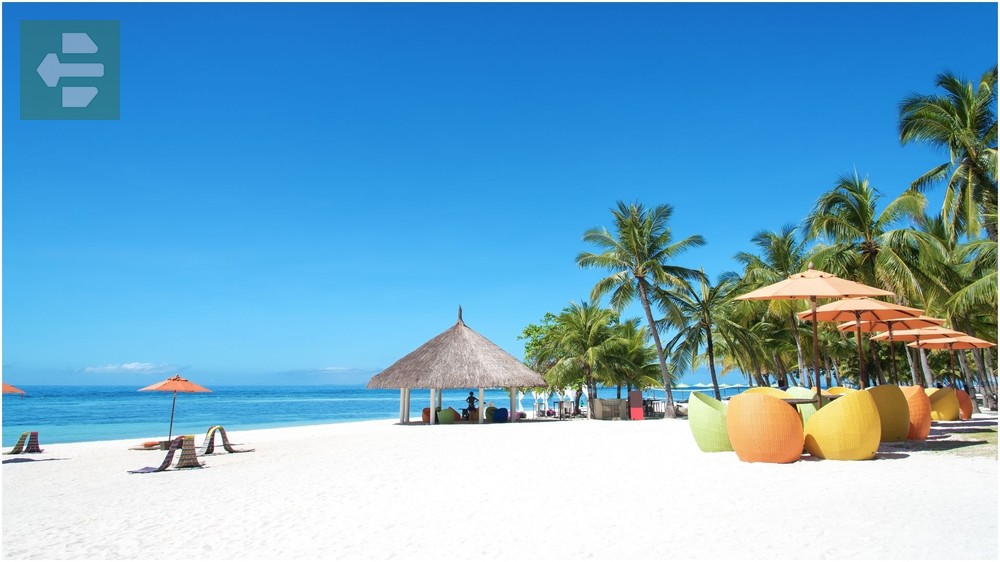
The Philippine tarsier weighs less than a human hand and has eyes larger than its brain. These nocturnal creatures stress easily—flash photography can literally scare them to death. Visit the sanctuary in Corella during early morning when they're most active.
Loboc River cruises serve lunch on floating restaurants while local musicians play guitars. The water runs emerald green through jungle so thick you lose sight of the sky.
Quick Facts:
- Peak season: December to May
- How to get there: Fly to Bohol-Panglao International Airport
- Entry fee: ₱60 for Chocolate Hills, ₱60 for Tarsier Sanctuary
- Recommended stay: 3-4 days
- Key spots: Chocolate Hills, Tarsier Sanctuary, Loboc River, Panglao Island, Alona Beach
5. Manila: Where Old Meets New
Intramuros preserves 16th-century Spanish architecture within fortress walls that once protected the colony from pirates. Fort Santiago's dungeons held Filipino heroes, while San Agustin Church survived earthquakes that toppled newer buildings.
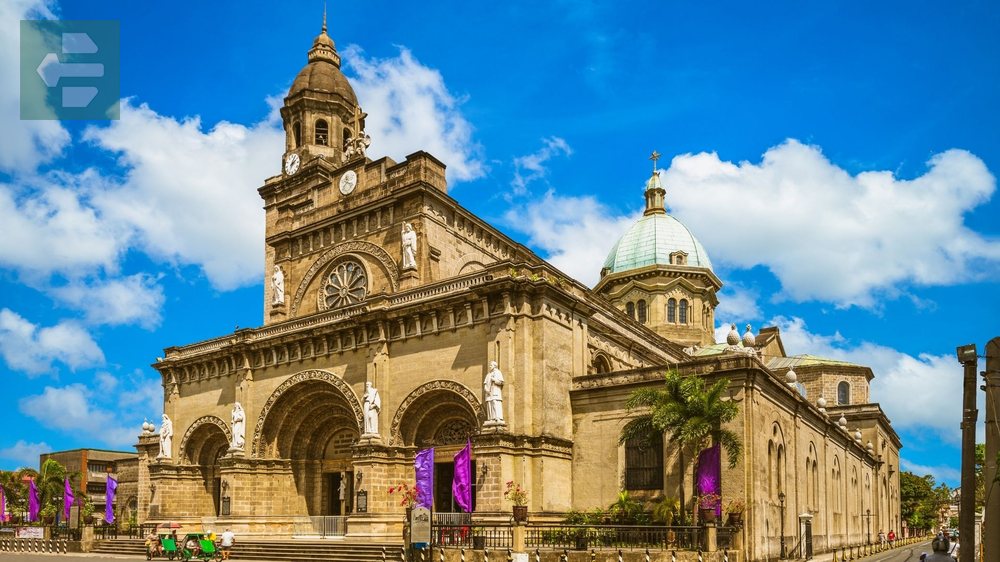
Take a bamboo bike tour through the cobblestone streets—the guides share stories about hidden passages and secret chambers that history books skip. The bikes move quietly enough to hear church bells echo off stone walls.
Manila Bay's sunsets paint the sky orange every evening, but locals know Baywalk offers better views than the crowded restaurants along Roxas Boulevard.
Quick Facts:
- Peak season: December to February
- How to get there: Ninoy Aquino International Airport
- Entry fee: ₱30 for Fort Santiago, most churches free
- Recommended stay: 2-3 days
- Key spots: Intramuros, Binondo Chinatown, Manila Bay, National Museum, Rizal Park
6. Vigan: Spanish Colonial Time Capsule
Calle Crisologo's cobblestones were laid by Chinese traders 400 years ago. No cars enter this street after 6 PM, leaving only the clip-clop of kalesa horses and the warm glow of antique streetlamps.

Local potters at Pagburnayan still shape clay using techniques passed down through generations. They'll let you try the wheel, though your first attempts usually end up looking like abstract art rather than jars.
The Vigan longganisa uses local garlic and has a garlicky sweetness you won't find in Manila versions. Street vendors grill them fresh every morning along the heritage district.
Quick Facts:
- Peak season: November to May
- How to get there: Fly to Laoag Airport (1 hour drive) or bus from Manila (8-10 hours)
- Entry fee: Free to walk streets, ₱30 for museums
- Recommended stay: 2-3 days
- Key spots: Calle Crisologo, Bantay Bell Tower, Syquia Mansion, Plaza Salcedo
7. Cebu: The Queen City of the South
Magellan's Cross marks where Christianity first reached the Philippines in 1521. The original cross sits protected inside a wooden replica, and locals still light candles here for special prayers.

Oslob's whale sharks arrive every morning for feeding, creating the world's most reliable whale shark encounters. The gentle giants grow up to 40 feet long but eat only plankton and small fish.
At dawn in Temple of Leah, you'll have the Roman-inspired architecture to yourself. The 99 steps represent the 99 years the builder hoped to live with his wife.
Quick Facts:
- Peak season: December to May
- How to get there: Mactan-Cebu International Airport
- Entry fee: Free for most city sites, ₱1,500 for whale shark tours
- Recommended stay: 4-5 days
- Key spots: Magellan's Cross, Basilica del Santo Niño, Oslob, Temple of Leah, Carbon Market
8. Banaue: The Eighth Wonder
Rice terraces climb 4,000 feet up mountain faces in steps carved by hand 2,000 years ago. The Ifugao people built this irrigation system without machines, creating amphitheaters of green that change color with the seasons.

The viewpoint crowds thin out after 4 PM when tour buses leave. Local guides know trails that lead to active terraces where farmers still plant and harvest using traditional methods.
Batad offers the most dramatic amphitheater view, but requires a 45-minute hike from the road. The trail can turn muddy during rainy season, so bring proper hiking boots.
Quick Facts:
- Peak season: March to May, October to November (greenest terraces)
- How to get there: Overnight bus from Manila (8-9 hours) or private transfer
- Entry fee: ₱30 environmental fee
- Recommended stay: 2-3 days
- Key spots: Banaue Viewpoint, Batad Amphitheater, Tappiyah Falls, Hapao Rice Terraces
9. Sagada: Mystical Mountain Town
Hanging coffins cling to limestone cliffs in Echo Valley, following ancient Igorot burial traditions. The wooden coffins weather naturally, becoming part of the rock face over decades.

Sumaguing Cave requires crawling through spaces barely wide enough for your shoulders, then climbing down slippery rocks into cathedral-sized chambers. The limestone formations create natural sculptures that change with your headlamp's angle.
At 4 AM, the trek to Marlboro Hills starts in darkness for sunrise above the clouds. Bring layers—mountain temperatures can drop to 10°C even during summer months.
Quick Facts:
- Peak season: November to February (coolest weather)
- How to get there: Overnight bus from Manila via Baguio (10-12 hours)
- Entry fee: ₱35 for caves, ₱5 environmental fee
- Recommended stay: 3-4 days
- Key spots: Echo Valley, Sumaguing Cave, Marlboro Hills, Bomod-ok Falls
10. Puerto Princesa Underground River: Cathedral of Stone
The underground river flows 8.2 kilometers through chambers tall enough to fit cathedrals. Stalactites hang like chandeliers, while rock formations create shadows that look like animals and religious figures.

Bats fill the cave ceiling—over 30,000 call this place home. The guide's spotlight reveals their colonies hanging like dark clouds above your paddle boat.
Book tours through accredited operators only. The river sits inside a national park that limits daily visitors to protect this UNESCO World Heritage Site.
Quick Facts:
- Peak season: November to May (calmer seas)
- How to get there: 1.5 hours drive from Puerto Princesa City, then boat transfer
- Entry fee: ₱1,500 for full tour including transfers
- Recommended stay: Full day tour
- Key spots: Underground River entrance, Sabang Beach, Mangrove Paddle Tour
11. Mayon Volcano: Perfect Cone
Mayon's cone rises 8,077 feet in perfect symmetry, earning comparisons to Mount Fuji. This active volcano has erupted 52 times in recorded history, yet continues to draw visitors to its base.

ATV rides through old lava fields offer close-up views of volcanic rock formations. The black sand creates an otherworldly landscape that contrasts sharply with the surrounding green rice fields.
Cagsawa Ruins preserve a church bell tower buried by the 1814 eruption. The stone structure survived while the rest of the town disappeared under volcanic debris.
Quick Facts:
- Peak season: December to May (clearer skies)
- How to get there: Fly to Legazpi Airport (Bicol International Airport)
- Entry fee: ₱500 for ATV tours
- Recommended stay: 2-3 days
- Key spots: Cagsawa Ruins, Lignon Hill, Daraga Church, ATV lava trails
12. Kawasan Falls: Three-Tier Paradise
Turquoise water cascades down three limestone tiers, creating natural swimming pools surrounded by jungle canopy. The main pool sits deep enough for cliff jumping, while smaller pools offer gentler swimming.

Canyoneering starts upstream at Salalantang Falls, then follows the river through jumps, slides, and rappels down waterfalls. Local guides know every rock and current—trust their instructions for the bigger jumps.
Bamboo rafts can paddle directly under the main cascade. The rush of water creates a natural massage, though the force can knock you off the raft if you're not holding tight.
Quick Facts:
- Peak season: December to May (less rain)
- How to get there: 3 hours from Cebu City, 45 minutes from Moalboal
- Entry fee: ₱45 entrance, ₱1,500 for canyoneering
- Recommended stay: Full day trip
- Key spots: Main falls, canyoneering route, bamboo raft rides, Salalantang Falls
Your Philippine Adventure Awaits
These best places to visit in Philippines offer experiences that will reshape how you see tropical paradise. From Palawan's hidden lagoons to Siargao's perfect waves, each destination rewards travelers willing to explore beyond the obvious.
The islands change with the seasons and tides. Rice terraces turn gold in harvest season. Waves build during monsoon months. Whale sharks migrate with plankton blooms.
Pack light, bring reef-safe sunscreen, and download offline maps. The Philippines rewards the curious traveler with memories that last long after the tropical tan fades.
